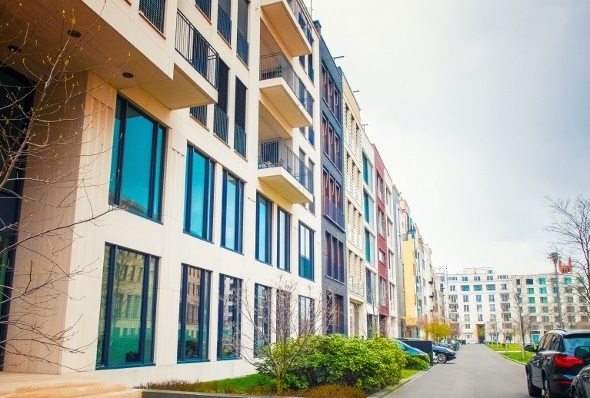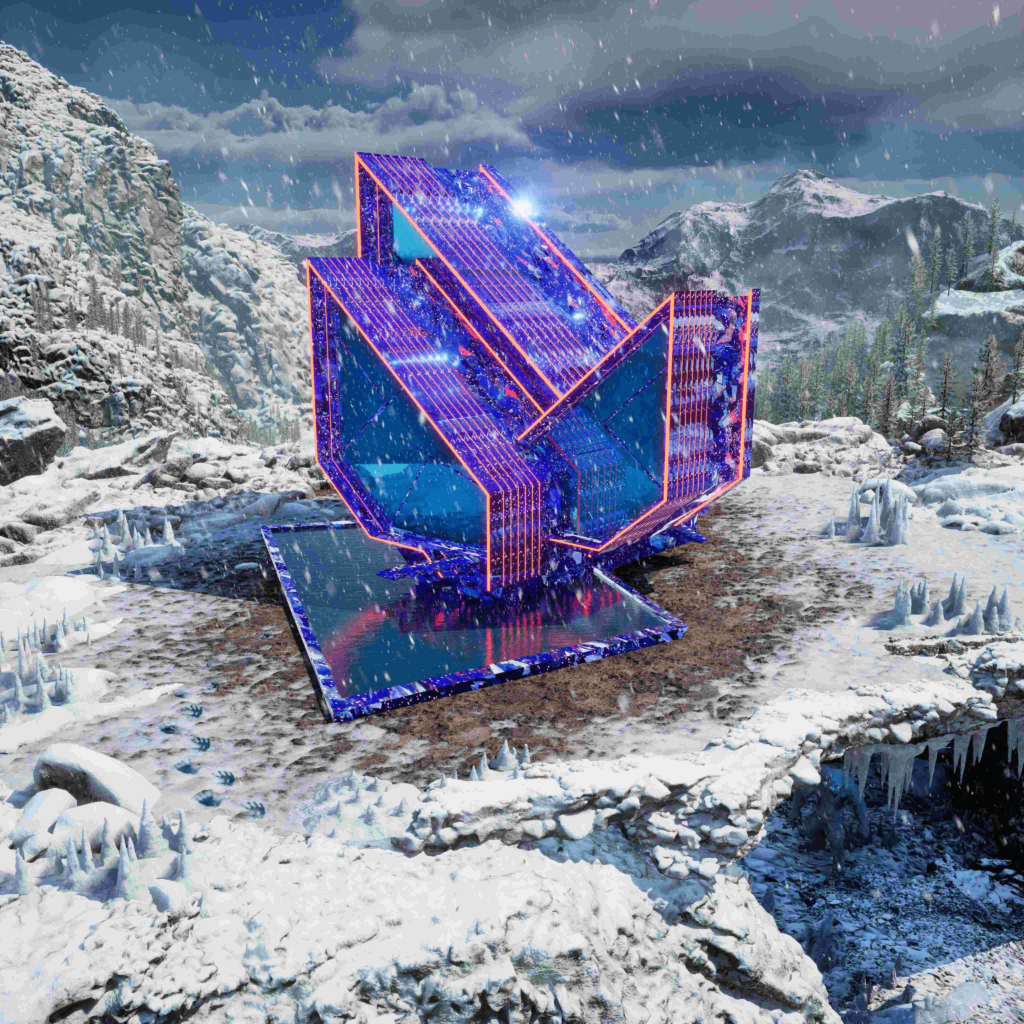How can NFTs be implemented to Real Estate?
The concept of living in a world that is digitally created has been portrayed in countless Hollywood films. Depicting people who want to escape reality and dive into an alternate universe. New NFTs are making real estate more attainable. With the metaverse expected to reach $800 billion in revenue through social media ads, as well as hardware, software and live entertainment opportunities over the next two years, there is a need for significant hardware improvements today for realistic visual experiences tomorrow.
Until recently, this virtual world was commonly thought of as a vehicle for more immersive gaming experiences, but now the concept around a metaverse has evolved drastically into a massive opportunity for wealth — and companies are already starting to invest in it.
What is changing in the Metaverse
Though it can often mean different things to different people, the metaverse is a shared virtual space and the coalescence of digital and physical realities. Still, many are left with questions about what the metaverse exactly is and how it would or could impact everyday lives. The New York Times recently described the metaverse as a “virtual reality and digital second life … [where] we would spend lots of time interacting with our friends and colleagues in virtual space … we would spend money there, too.”
As the year 2021 came to an end, a letter written by Meta’s founder Mark Zuckerberg, sparked a worldwide conversation around the future of immersive technology and what is possible. In the announcement, Zuckerberg discussed how in the company’s reimagined platform, for the metaverse, people will be able to do almost anything. “Get together with friends and family, work, learn, play, shop, create … you will be able to teleport instantly as a hologram to be at the office without a commute, at a concert with friends, or in your parents’ living room to catch up,” the Meta CEO and chairman wrote.

A closer look at virtual land.
To give this concept a definition, consider that digital reality exists in a virtual space, one that tech investors, crypto enthusiasts and the general population define as the metaverse. On most platforms, users will find a realistic experience, relying on a three-dimensional setting and, therefore, providing users with an immersive element that mirrors the real world in many ways.
These projects are often divided into smaller areas and sold as “land” or “plot” offerings like the physical world. Each plot is often purchased with the asset’s native cryptocurrency, although some projects may accept fiat.
What does the Metaverse relay on?
To some, however, the question remains largely unanswered: Why purchase something in the digital world rather than the physical one? As movies like Ready, Player, One proves, the virtual world is just a place where people can fulfill their social needs, which is why more and more people are joining these platforms. Taking a different perspective, many look to residents of impoverished countries who may never be able to enjoy the same real-world lifestyle as a multimillionaire. For some, virtual reality (VR) has been seen as the bridge to overcome these inequalities — the great equalizer, if you will.
A third factor taps into trends of how and where people are spending their time. As more people engage online, it makes sense that the assets they want to display to their peers or their “flexes” could exist in the digital realm. For these reasons, it may not be as far-fetched as skeptics once believed to facilitate the transition from physical to digital space.
Last but certainly not least, the exploration of the myriad digital applications for businesses to realize a profit is still in its nascent stages. Following the COVID-19 pandemic, several hosted events and conferences have already been moved to a virtual setting, enabling team members from across the globe to participate. With cost savings from plane tickets and greater collaboration, it makes sense that many aspects of virtual workplaces will carry forward even as the world opens back up to in-person commerce.

Accessing a digital community
Contrary to what some might believe, the process of purchasing and selling metaverse land is fairly simple, and one of the biggest decisions is choosing a platform in which to participate.
One notable project that stands out above the rest is KEYS Token, a real estate-based cryptocurrency ecosystem running on Ethereum (ETH). KEYS has already launched its groundbreaking Meta Mansions NFT collection and has future plans for additional releases and a rental app, according to its product roadmap.
The use of Real Estate NFTs
Plots are available as a part of the Meta Mansions collection, a luxurious residential community split up into 8,888 virtual NFT mansions within the proprietary KEYS Metaverse. Unlike other digital landscapes, the KEYS Metaverse is powered by Unreal Engine 5 and is being created through a $100 million partnership with Genius Ventures. The metaverse enables investors to generate active and passive cryptocurrency income by creating businesses, designing and selling assets and providing services, much like an entrepreneur would in the real world.
The benefits of holding KEYS digital real estate also extend beyond the digital realm, allowing investors to gain exclusive benefits on partner products and services and exclusive KEYS events that will be hosted both in the KEYS Metaverse and the physical world.
Therefore, as real life and digital residence become even more closely linked, KEYS Metaverse investors are given a new opportunity to diversify their investments and participate in building the next iteration of the internet.